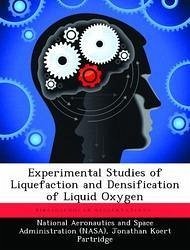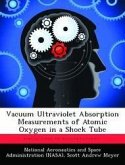The propellant combination that offers optimum performance is very reactive with a low average molecular weight of the resulting combustion products. Propellant combinations such as oxygen and hydrogen meet the above criteria, however, the propellants in gaseous form require large propellant tanks due to the low density of gas. Thus, rocketry employs cryogenic refrigeration to provide a more dense propellant stored as a liquid. In addition to propellant liquefaction, cryogenic refrigeration can also conserve propellant and provide propellant subcooling and propellant densification. Previous studies analyzed vapor conditioning of a cryogenic propellant, with the vapor conditioning by either a heat exchanger position in the vapor or by using the vapor in a refrigeration cycle as the working fluid. This study analyzes the effects of refrigeration heat exchanger located in the liquid of the common propellant oxidizer, liquid oxygen. This study predicted and determined the mass condensation rate and heat transfer coefficient for liquid oxygen.
Hinweis: Dieser Artikel kann nur an eine deutsche Lieferadresse ausgeliefert werden.
Hinweis: Dieser Artikel kann nur an eine deutsche Lieferadresse ausgeliefert werden.








